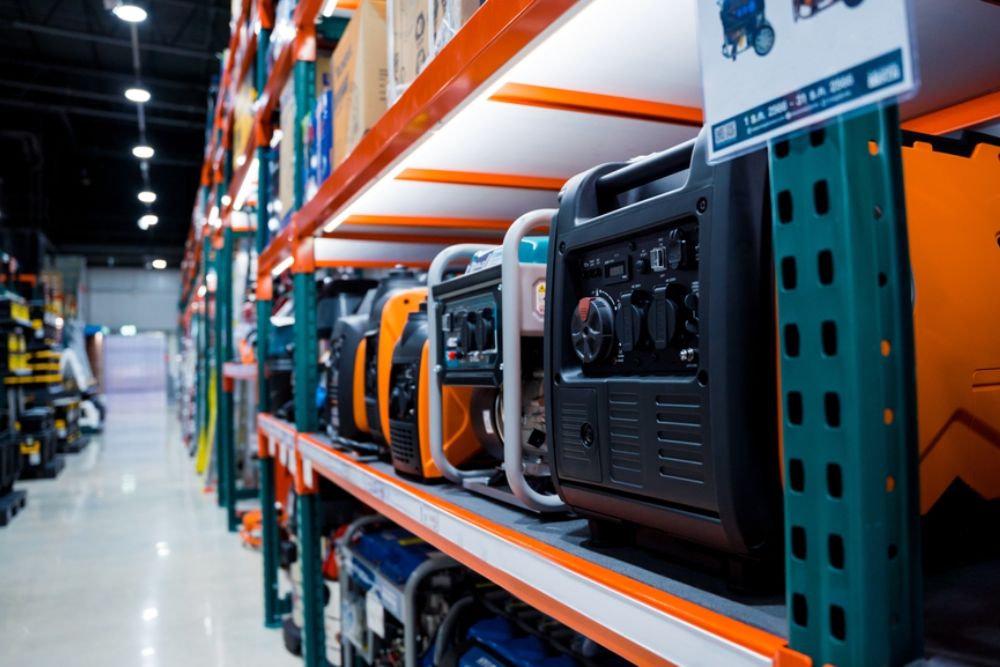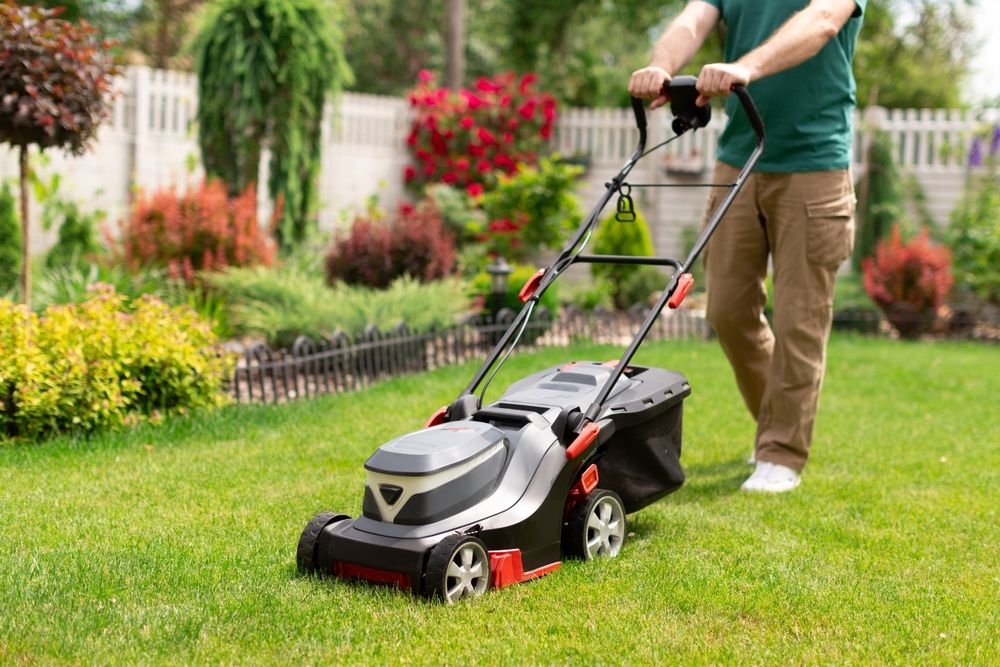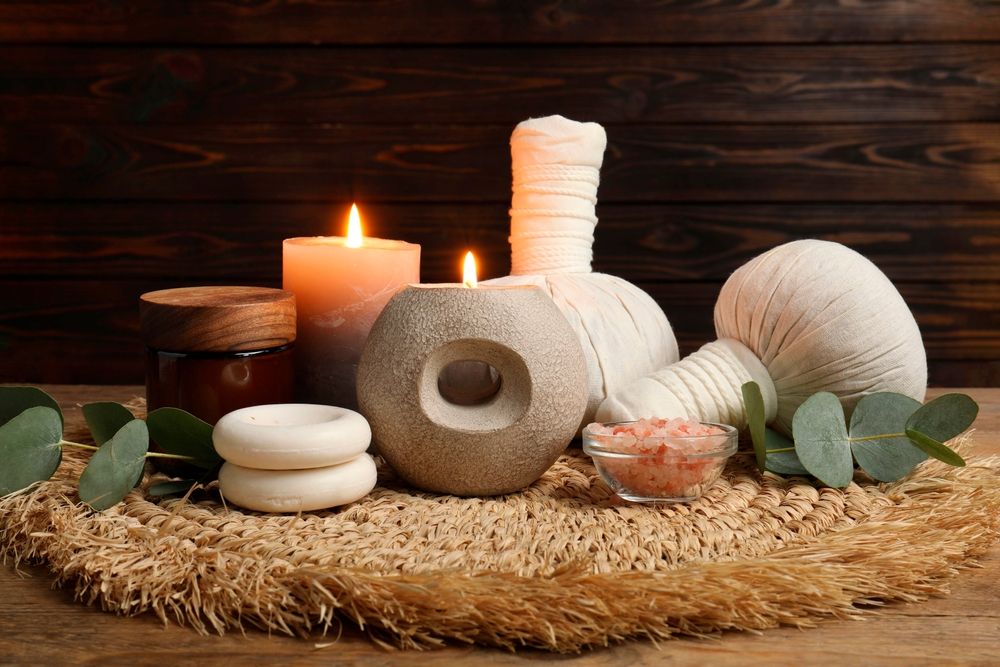In a world that is steadily drifting towards a more sustainable future, bicycles stand as a beacon of hope. Not only are they a green alternative to motorized vehicles, but they also offer a phenomenal way to maintain physical health and explore your surroundings. However, buying a perfect bicycle is not as simple as picking the one with the most appealing color. It necessitates a consideration of several factors that would align with your needs and preferences. Here, we steer you through smart tips that would help you ride home with the bicycle that’s tailored for you.
Define Your Purpose
Understanding the primary use of your new bicycle is a cardinal step in making an informed choice. Are you looking to traverse mountain trails, speed down city roads, or simply cycle to work? Once you pinpoint your needs, you can narrow down your options to specific bicycle types such as mountain bikes, road bikes, or commuter bikes.
Frame Material Matters
Bicycles come with frames constructed from various materials including aluminum, steel, carbon fiber, and titanium, each offering a different blend of strength, rigidity, and weight. While aluminum and steel are generally more affordable, carbon fiber and titanium provide a high performance albeit at a higher cost.
Right Size for the Right Ride
Size plays a pivotal role in the cycling experience. A wrongly sized bicycle can lead to discomfort and potential injuries. Pay attention to the frame size, saddle height, and handlebar position. It is recommended to test ride a few options to find the one that suits you the best.
Gears: Less Can Be More
While it might be tempting to go for a bicycle with a multitude of gears, it is not always necessary. If you're going to ride in a relatively flat area, you might find that you rarely use the extra gears. On the other hand, hilly terrains demand bicycles with more gears to help you navigate the slopes efficiently.
Brake Systems
Bicycle brake systems come primarily in two types: rim brakes and disc brakes. Rim brakes are lighter and easier to maintain, while disc brakes, especially hydraulic ones, offer stronger braking force and better performance in wet conditions. Choose based on your riding conditions and preferences.

Suspension
If you envisage adventures on rough terrains and mountain trails, considering a bicycle with a good suspension system is a must to absorb bumps and shocks, providing a smoother ride. For urban settings, a rigid frame might suffice, offering more efficiency and requiring less maintenance.
Budget Wisely
While buying a bicycle, striking the right balance between cost and quality is key. You might find bargains, but they might skimp on quality. Set a realistic budget that allows you to get a bicycle with good build quality and the features that you need.
Accessorize
Remember that your bicycle purchase doesn't end with just the bike. Accessories like a good helmet, lights, a lock, and a water bottle holder are essential for a safe and comfortable riding experience.
Consult Experts and Reviews
Finally, leverage the knowledge of experts and seasoned cyclists. Read reviews, watch tutorials, and even consult staff at your local bike shop to make a well-informed decision.
Buying a bicycle is an investment towards a sustainable and healthy lifestyle. The journey to find the perfect ride entails a thoughtful consideration of various aspects including the type of bicycle, the frame material, and the brake system, among others. The ride to perfection is steered by making choices that align with your individual cycling needs and aspirations. So, saddle up and pedal your way to the perfect bicycle with these smart tips guiding your path. Remember, the best bicycle for you is the one that meets your unique requirements, ensuring every ride is a stride towards perfection.




